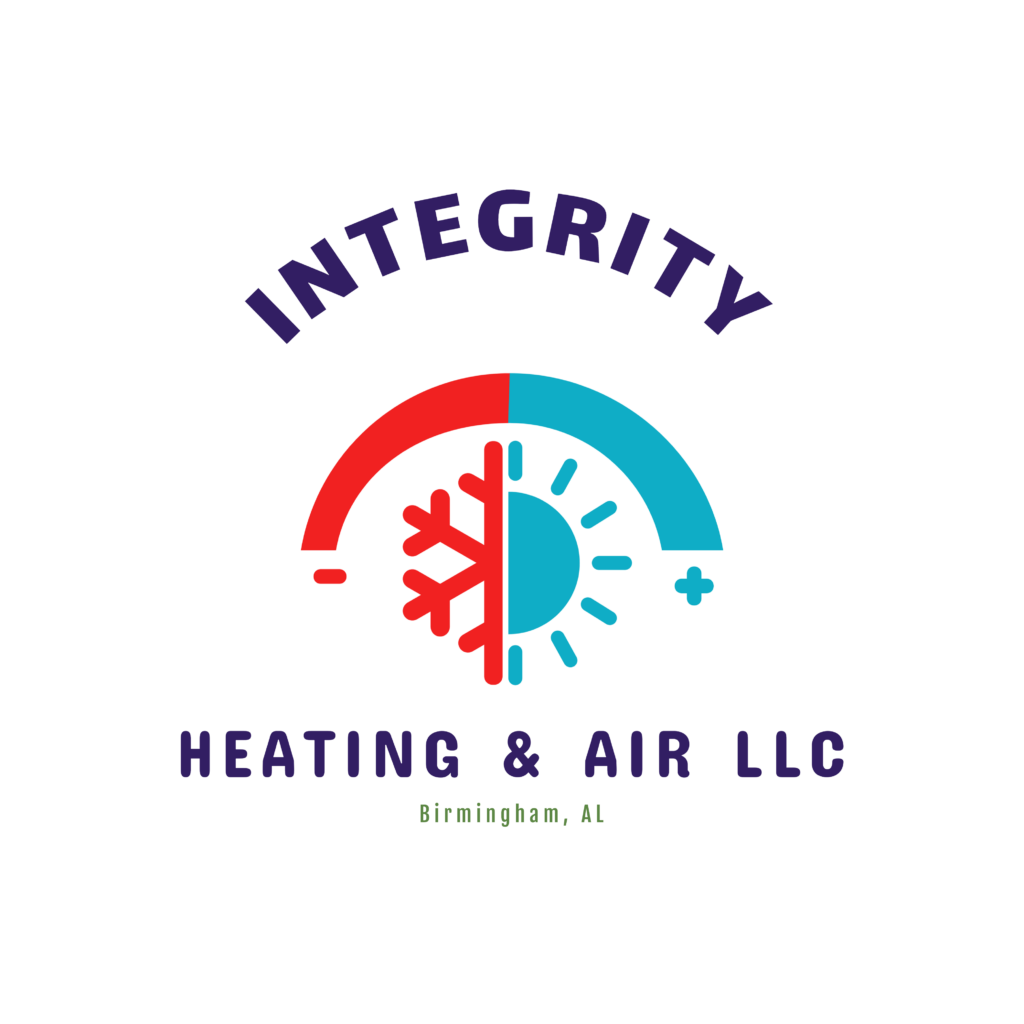Title: 5 Tips for Improving Energy Efficiency in Commercial Buildings
As the global focus on sustainability and environmental responsibility continues to grow, commercial building owners and managers are increasingly seeking ways to improve energy efficiency in their properties. Not only does this help reduce the environmental impact of their buildings, but it can also lead to significant cost savings over time. In this blog post, we will discuss five tips for improving energy efficiency in commercial buildings.
1. Conduct an Energy Audit: The first step in improving energy efficiency in a commercial building is to conduct a comprehensive energy audit. This involves assessing the building’s energy usage, identifying areas of inefficiency, and determining opportunities for improvement. An energy audit can help pinpoint areas such as lighting, HVAC systems, insulation, and water usage that may be contributing to excessive energy consumption.
2. Upgrade Lighting Systems: Lighting typically accounts for a significant portion of a commercial building’s energy consumption. Upgrading to energy-efficient LED lighting can result in substantial energy savings. Additionally, implementing lighting controls such as occupancy sensors and automated dimming systems can further optimize energy usage by ensuring that lights are only on when needed.
3. Optimize HVAC Systems: Heating, ventilation, and air conditioning (HVAC) systems are another major contributor to energy consumption in commercial buildings. Regular maintenance and upgrades to HVAC equipment can improve efficiency and reduce energy usage. Installing programmable thermostats, using energy-efficient HVAC units, and implementing zoning systems to control heating and cooling in different areas of the building can also lead to significant energy savings.
4. Improve Insulation and Sealing: Proper insulation and sealing of a commercial building are crucial for maintaining a comfortable indoor environment and reducing energy waste. Ensuring that the building envelope is well-insulated and sealed can prevent heat loss in the winter and heat gain in the summer, reducing the workload on HVAC systems and lowering energy consumption.
5. Embrace Renewable Energy: Incorporating renewable energy sources such as solar panels or wind turbines into the building’s energy supply can further reduce reliance on traditional energy sources and lower overall energy costs. Renewable energy technologies have become more accessible and affordable in recent years, making them an attractive option for commercial building owners looking to improve energy efficiency.
In conclusion, improving energy efficiency in commercial buildings not only benefits the environment but also offers long-term financial advantages. By conducting energy audits, upgrading lighting and HVAC systems, improving insulation and sealing, and embracing renewable energy, commercial building owners and managers can make significant strides in reducing energy consumption and operating costs. Taking these steps can also enhance the overall sustainability and marketability of the building, appealing to environmentally conscious tenants and investors.
By implementing these tips, commercial building owners and managers can contribute to a more sustainable future while also reaping the benefits of reduced energy expenses and increased property value.

